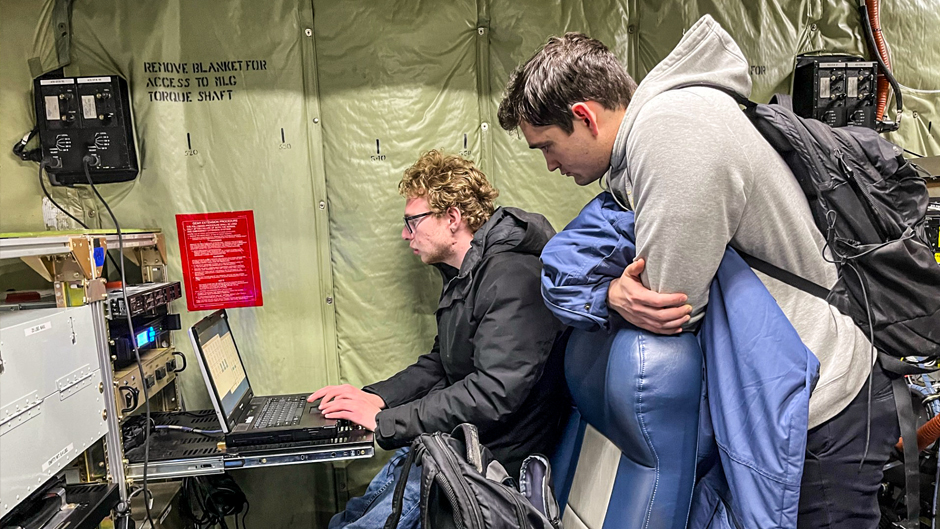Study led by ORNL informs climate resilience strategies in urban, rural areas
Oak Ridge National LaboratoryLocal decision-makers looking for ways to reduce the impact of heat waves on their communities have a valuable new capability at their disposal: a new study on vegetation resilience.

















